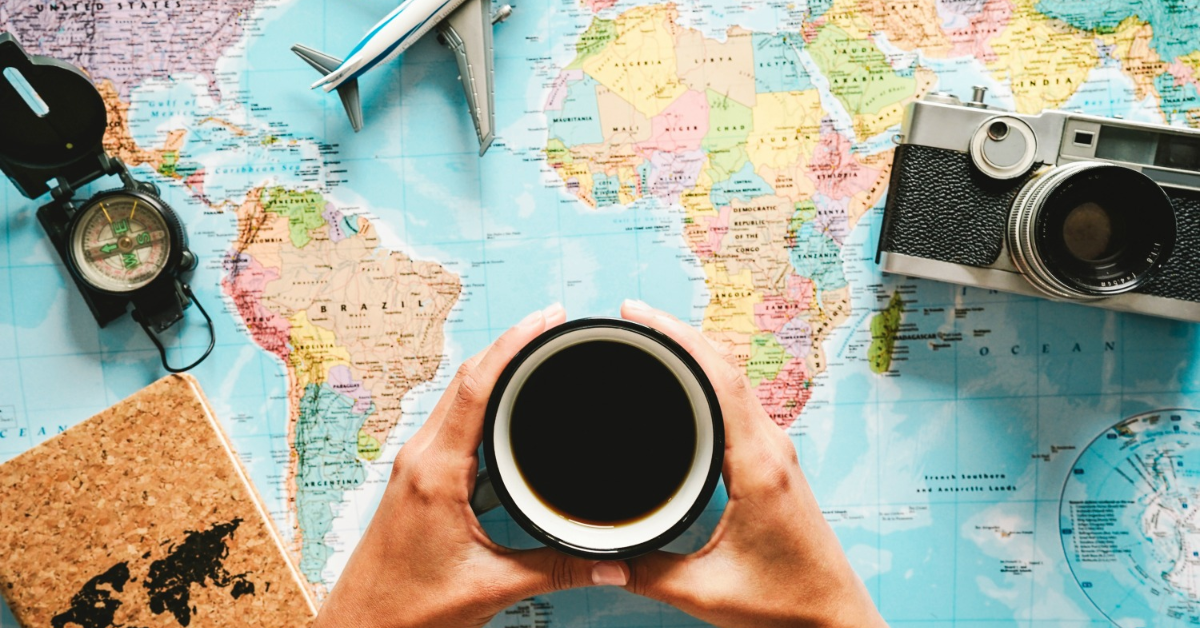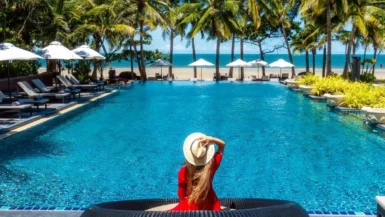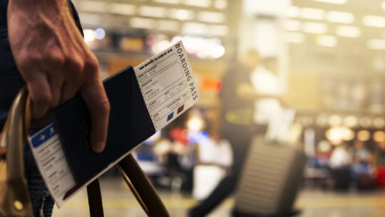I’ve planned countless trips over the years, and I know how daunting it can feel at first. But learning how to plan a trip the right way changes everything. Instead of feeling overwhelmed by flights, itineraries, and endless options, you can take control and create something truly memorable. It’s about breaking the process into steps that actually make sense—starting with understanding what you want and building from there.
Every great journey begins with clarity. Whether you’re chasing cultural experiences, craving relaxation, or blending the two, having a structured approach to vacation planning makes all the difference. It’s not just about avoiding mistakes but giving yourself room to focus on the things that matter most.
This process doesn’t have to be rigid or boring. It’s a way to craft a trip that feels intentional, smooth, and even fun to plan. Let me show you how simple it can be.
Define Your Travel Goals
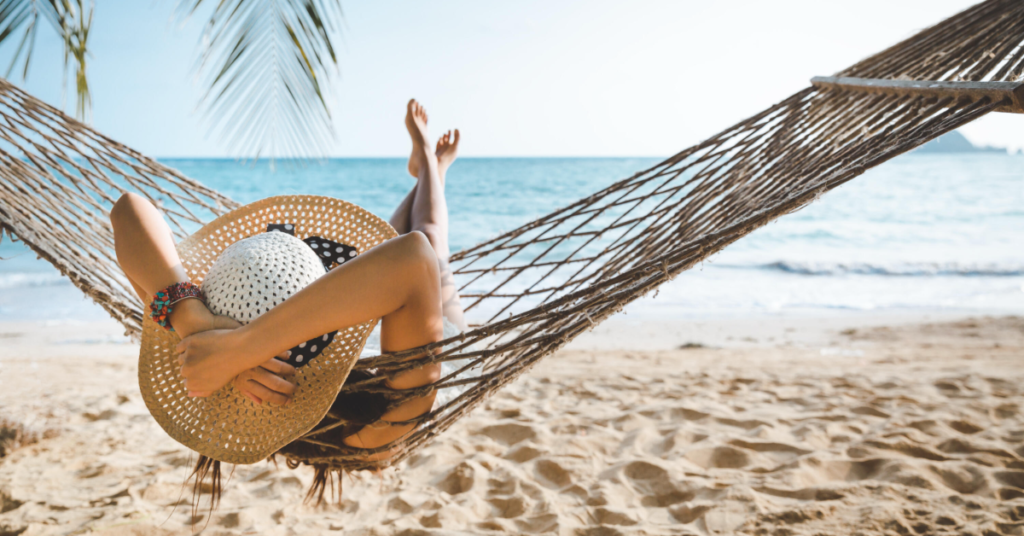
Defining your travel goals is the foundation for creating an unforgettable journey. Before diving into logistics or bookings, take a moment to think about why you’re traveling in the first place. The purpose of your trip shapes every decision you’ll make, from where you’ll go to how you’ll spend your time. For me, it’s always about starting with intention—knowing the “why” behind your trip ensures everything else falls into place naturally.
Are you craving quiet moments on a pristine beach or the thrill of outdoor adventure? Maybe it’s about exploring the pulse of a city’s culture or reconnecting with loved ones. The answers will help you align your trip with what truly matters to you. For example, if you’re planning a family vacation, look for destinations with activities for all ages, like theme parks or nature trails.
Solo travelers often lean toward places that offer a mix of independence and safety, such as bustling cities or backpacker-friendly hubs. Romantic getaways? Think cozy boutique hotels, sunset dinners, and experiences you can share together, like wine tastings or hot air balloon rides.
Once you’ve identified your goal, the next step is matching it to the right destination. Start by thinking about practical factors like travel time and budget. If you only have a few days, look for spots closer to home or destinations with direct flights. For longer trips, you can explore more remote or exotic locations.
Consider the season too. Planning a trip during peak summer might mean crowded attractions, while the off-season could bring better prices and fewer tourists. For cultural immersion, look up local festivals or events that align with your visit. Adventure seekers might research destinations known for hiking, scuba diving, or extreme sports.
Here’s how I approach it:
1. Write down your goal. Be as specific as possible—whether it’s “relaxation” or “exploring historical landmarks.”
2. List three potential destinations. Use travel blogs, guides, or social media to spark ideas.
3. Research each place. Check for seasonal highlights, local customs, and affordability.
4. Choose the best fit. Make sure it aligns with your time, budget, and purpose.
Understanding how to plan a trip starts with clarity and focus. When you define your travel goals and tailor every detail to fit them, the process becomes less about ticking boxes and more about creating an experience that feels truly yours.
Budgeting: Making Your Trip Affordable and Enjoyable
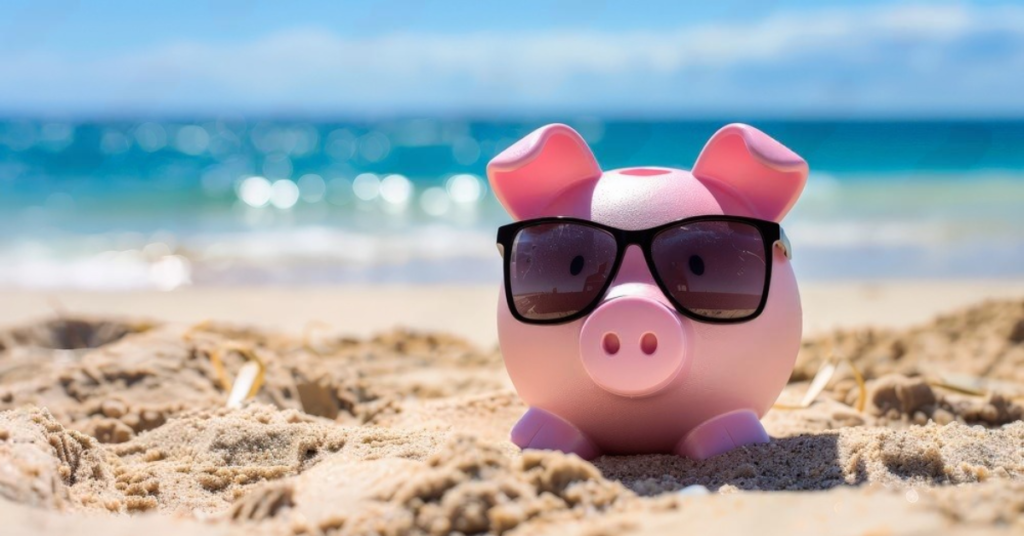
Budgeting for a trip isn’t about restricting yourself—it’s about creating freedom. I’ve always looked at a travel budget as a guide, not a limitation. It gives you the clarity to focus on what’s important and skip unnecessary stress. Vacation planning starts with a number. Decide what you’re comfortable spending and let that number direct the decisions you make, whether it’s choosing destinations, accommodations, or activities.
Flights tend to eat up a large portion of the budget, so this is where I look for flexibility. Mid-week departures or flying into smaller airports can save you a surprising amount. Tools like fare trackers help keep an eye on prices, and if you’re like me and collect miles or rewards, this is the perfect time to use them. Travel during off-peak seasons can also cut costs, and as a bonus, it often means fewer crowds.
Accommodation is another big piece, but it doesn’t have to be expensive to feel special. I’ve stayed in boutique hostels, family-owned guesthouses, and even short-term rentals that cost half as much as chain hotels. Look for places with perks like free breakfast or kitchens where you can prepare meals. It’s not just about saving—it’s about using your resources wisely.
Food is where I find a balance. Splurging on a memorable meal is worth it, but I’ll also grab street food or shop at local markets for fresh, inexpensive options. Some of the best meals I’ve had weren’t from restaurants but from picking up bread, cheese, and fruit to enjoy at a scenic spot.
Activities are easier to budget than people think. I focus on what’s meaningful to me—whether it’s museums, outdoor adventures, or cultural experiences. Many places offer free or discounted options, like city passes or off-peak entry fees. I research ahead of time so I can prioritize the things that matter most without feeling overwhelmed.
Unexpected costs can sneak in, so I always leave a cushion for things like tips, public transportation, or those little souvenirs that catch your eye. Even with careful planning, it’s smart to have a bit extra set aside.
Creating a budget isn’t about limiting what you can do—it’s about knowing where to spend and where to save so that every dollar works toward making your trip unforgettable. That’s what planning a trip should feel like: thoughtful, intentional, and worth every penny.
Research and Reserve with Confidence
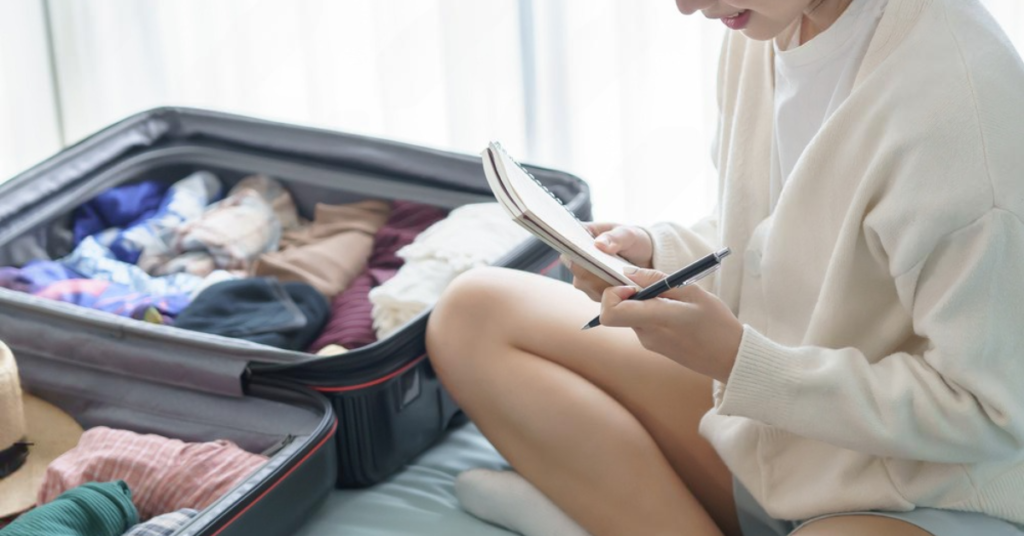
Research is the backbone of any successful trip. Whenever I start planning a trip, I make it a priority to gather as much information as possible about the destination. This step isn’t just about knowing where you’re going—it’s about understanding the rhythm of the place. The weather determines what you pack and how you plan your activities. The local culture and customs help you blend in and connect with the community. Safety information, like neighborhoods to avoid or transportation tips, ensures you feel prepared and confident.
When it’s time to book, being thorough pays off. I always start with flights. Booking early gives you access to the best prices, especially if your travel dates are fixed. I compare several platforms—both large aggregators and niche local sites—because you never know which one might uncover a deal. Flexible dates or nearby airports can often save more than you’d expect.
For accommodations, I’ve learned to think beyond traditional hotels. While I love a good boutique stay, I also look into vacation rentals, hostels, or locally run guesthouses. These often offer better value and a more authentic experience. Reading reviews on multiple platforms ensures I’m not relying on a single source. Location matters too—I try to stay close to the action without sacrificing convenience or safety.
Attractions and activities are another area where research can save both money and time. Many popular spots let you book tickets in advance, skipping long lines and securing better rates. I’ll also search for walking tours, local guides, or cultural events to enrich the experience. Apps and blogs often have hidden gems that larger travel sites miss.
Here’s my personal checklist to make this part of vacation planning more manageable:
- Book flights early. Prices tend to rise as your travel date approaches, especially for international trips.
- Compare booking platforms. Don’t settle for the first deal you see; dig a little deeper.
- Choose accommodations with character. Local options can often deliver a more immersive stay.
- Look for free or discounted activities. Many cities offer public tours, museum days, or bundled passes that include several attractions.
Local experiences are where trips come alive. Whether it’s finding a tucked-away restaurant, learning a bit of the language, or hopping on public transport to explore offbeat spots, these are the moments that make a journey personal. Taking time to research and reserve early removes the guesswork and lets you focus on enjoying the adventure. That’s the beauty of knowing how to plan a trip thoughtfully—you’re prepared, not over-planned, and ready for whatever comes next.
Building the Perfect Itinerary

An itinerary is your trip’s backbone, but it shouldn’t feel like a straitjacket. Every time I’m planning a trip, I remind myself that the best adventures are a balance between structure and spontaneity. You want enough direction to hit the highlights but enough flexibility to embrace the unexpected.
Start with the essentials—your non-negotiables. These are the attractions, experiences, or events that define the destination for you. For example, a visit to the Louvre in Paris or a trek to Machu Picchu in Peru. Once those are locked in, build the rest of your schedule around them. I suggest keeping major activities earlier in the day when you’re fresh, leaving afternoons or evenings open for discovery or downtime.
Tools can make itinerary building seamless. Apps like Google Maps, TripIt, and Rome2Rio are fantastic for organizing logistics. Google Maps lets you pin must-visit spots, so you can plan routes efficiently. TripIt consolidates all your reservations in one place, while Rome2Rio helps map out transportation options. I also keep a notes app handy for jotting down recommendations from locals or fellow travelers.
Downtime is just as important as your must-sees. It’s easy to cram too much into your day, only to find yourself exhausted and overwhelmed. A slower pace lets you truly savor where you are. Some of my favorite travel moments come from unplanned experiences—a leisurely coffee at a street-side café, stumbling upon a local market, or chatting with a shopkeeper who shares a hidden gem.
Here’s how I’ve approached different types of trips:
- City escapes. Plan one or two major attractions daily, like museums or landmarks. Dedicate evenings to exploring neighborhoods, finding local food spots, or catching a show.
- Adventure trips. Mix challenging activities like hikes with restful days for recovery. For example, if you’re trekking in Patagonia, give yourself a buffer day to relax before moving to the next trail.
- Cultural immersions. Include festivals, local workshops, or guided tours, but leave space for wandering, which often leads to the most authentic experiences.
Incorporate transportation into your plan, too. Whether it’s coordinating train schedules or knowing when rush hour hits, understanding logistics prevents wasted time.
Vacation planning should feel like designing a story—each day has its moments of excitement, surprise, and calm. A great itinerary isn’t about seeing everything; it’s about creating a rhythm that feels natural and enjoyable. Structure gives you confidence, while flexibility invites magic into the journey.
Final Touches: Packing, Documents, and Health Tips
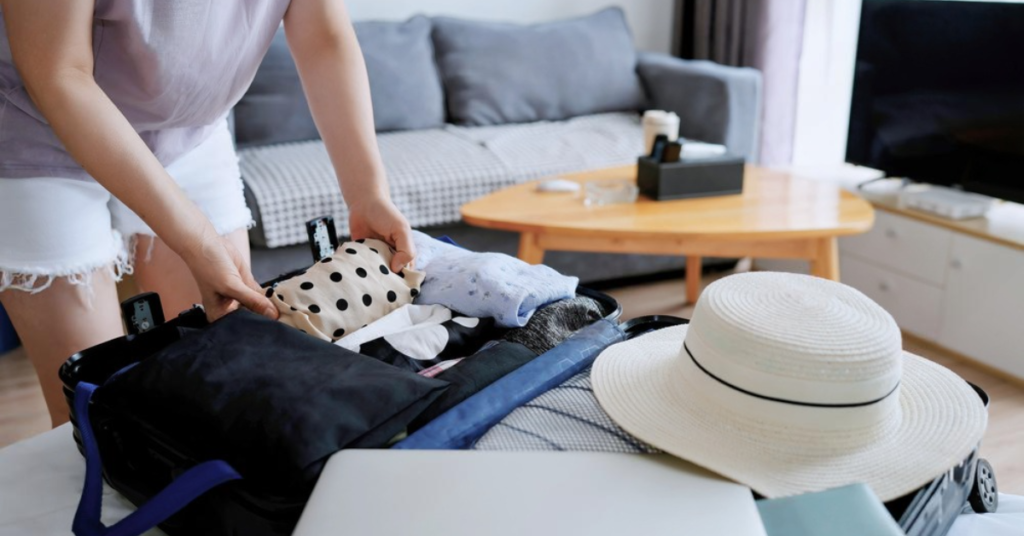
Packing and preparation are the final steps in planning a trip, and they’re often the difference between a smooth journey and unnecessary stress. I’ve always approached this stage with practicality—packing just enough to cover my needs while staying organized.
Start with your packing list. I always build mine around the destination and the planned activities. For example, colder climates call for layers like thermal shirts and insulated jackets, while warmer destinations mean lightweight clothing and plenty of sun protection. Shoes take up space, so I stick to versatile options—a pair for walking and another for specific activities. Toiletries and medications go into a travel pouch, and any must-have items—like chargers, travel documents, or a change of clothes—stay in my carry-on. This keeps me covered if there’s a luggage delay.
Travel documents are essential. Double-check your passport’s expiration date and confirm any visa requirements for your destination. I’ve always kept both digital and printed copies of key items like itineraries, hotel reservations, and tickets. It’s a small step that offers peace of mind if something gets misplaced.
Health preparation matters, too. Depending on where you’re traveling, you might need vaccinations or specific medications. I always carry a basic first aid kit with essentials like bandages, pain relievers, and any prescription medications. For outdoor adventures, sunscreen and insect repellent are a must.
Travel insurance ties it all together. I never skip it—it’s not just for major emergencies, but also for trip interruptions or lost belongings. Look for plans that cover medical needs if you’re heading abroad. For more detailed advice, check out this guide on finding the best travel insurance for long-term trips. Sharing your itinerary and emergency contact details with a trusted friend or family member is another smart move.
Knowing how to plan a trip includes these practical steps. They ensure you’re ready for anything, so you can focus on enjoying the journey instead of worrying about what might go wrong.
Planning a Trip – Frequently Asked Questions
📍 What’s the best way to choose a travel destination?
The best way to choose a destination is to start with your travel goals. Are you seeking adventure, relaxation, cultural immersion, or a mix of everything? Consider factors like your budget, preferred climate, and the amount of time you have. Research destinations that align with your priorities, and don’t be afraid to explore offbeat spots for unique experiences.
📅 How far in advance should I start planning a trip?
I recommend starting your planning at least 3 to 6 months in advance for international trips and 1 to 2 months for domestic travel. This gives you enough time to secure good deals on flights and accommodations while allowing flexibility for adjustments. Some destinations or experiences, like festivals or peak season travel, may require earlier preparation.
💸 How can I save money when booking a trip?
Travel during the off-peak season whenever possible to score lower prices on flights and accommodations. Use comparison sites for deals, and sign up for fare alerts to track ticket prices. For accommodations, consider alternatives like vacation rentals, hostels, or boutique guesthouses that often provide excellent value. Don’t overlook using credit card rewards or frequent flyer miles if you’ve accumulated them.
🎒 What’s the secret to packing efficiently?
Efficient packing starts with understanding your destination’s weather and planned activities. Stick to versatile clothing that can be layered or mixed and matched. Use packing cubes to organize items and avoid overpacking by sticking to essentials like toiletries, a first-aid kit, and versatile shoes. Always keep travel documents, medications, and valuables in your carry-on bag.
📜 What documents do I need for international travel?
Ensure your passport is valid for at least six months beyond your travel dates. Check visa requirements for your destination and apply well in advance if needed. Print copies of important documents like your itinerary, hotel reservations, and travel insurance details. Save digital copies in cloud storage for quick access in case you lose the physical ones.
🚨 Is travel insurance necessary?
Absolutely. Travel insurance provides protection against unexpected events like medical emergencies, trip cancellations, or lost luggage. Whether you’re taking a short trip or going on a longer adventure, having insurance is a safety net that ensures peace of mind. For more guidance, read our guide on finding the best travel insurance for long-term trips.
🚍 Should I book tours in advance?
It depends on your destination and travel style. Popular attractions or experiences with limited spots, like guided hikes or cultural shows, are worth booking ahead to avoid missing out. For less crowded destinations, leaving room for spontaneity often leads to more authentic discoveries.
🌎 What if I’m traveling solo?
Solo travel is incredibly rewarding. Focus on destinations that are known for safety and a welcoming atmosphere, like Japan, Portugal, or New Zealand. Stay in accommodations where meeting fellow travelers is easy, like hostels or small group tours. Research local customs, carry emergency contacts, and keep someone back home informed about your itinerary for added peace of mind.
Planning a Trip – Final Words
Planning a trip thoughtfully is the difference between a rushed experience and one you’ll cherish forever. Every detail, from setting travel goals to booking and packing, builds toward a journey that feels personal and fulfilling. It’s not about having a perfect plan—it’s about preparing enough to travel confidently while leaving space for the unexpected.
Whether you’re organizing a weekend escape or a month-long adventure, the right preparation makes all the difference. Take the time to research your destination, budget realistically, and prioritize what matters most to you. It’s this intentional approach that allows you to savor every moment and create memories that truly stick.
Travel isn’t just about the destination—it’s about how you experience it. Wherever you’re headed, I’m confident these tips will help you plan with ease and enjoy every step of the journey. Now, go make it yours!


